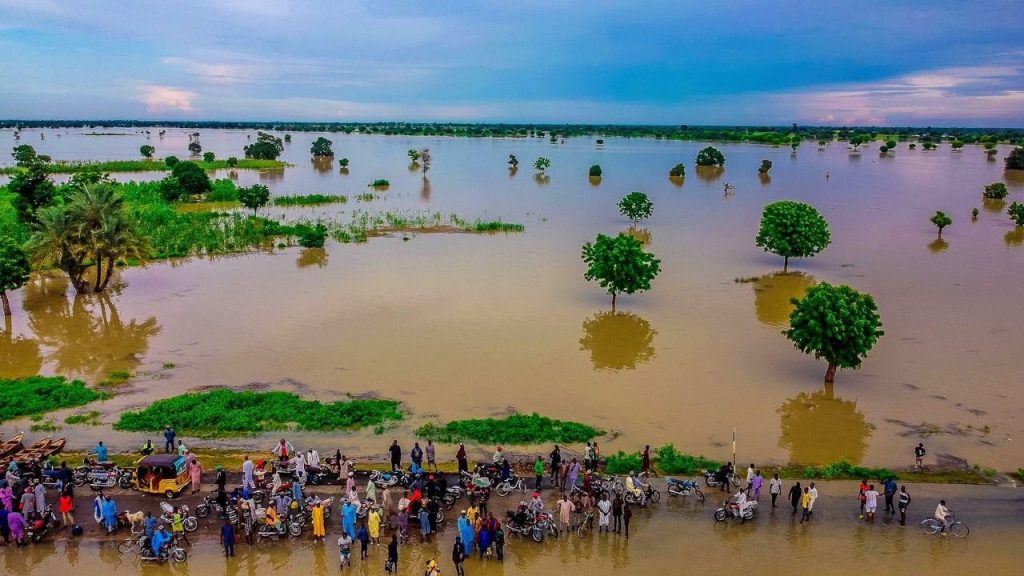Were the floods in Nigeria caused by Lagdo dam?

Claims are being shared on facebook that the floods that happened in Nigeria were caused by the opening of Lagdo dam. Some of the claims were comments on BBC News Africa’s facebook post highlighting the impact caused by floods that hit people in Anambra state and Kogi state.
The claims attributed the cause of these floods to the opening of dams and not heavy rains or climate change.

Fact check:
It’s true that there is release of excess water from dams both in Nigeria and in Neighboring Cameroon.
“Based on our communication with the Nigeria Hydrological Services Agency, the Lagdo dam operators in the Republic of Cameroon have commenced the release of excess water from the reservoir by 13th September, 2022. We are aware that the released water cascades down to Nigeria through River Benue and its tributaries thereby inundating communities that have already been impacted by heavy precipitation,” Mustapha Habib Ahmed, the Director General, Nigeria Emergency Management Agency said during the emergency technical meeting on floods in Nigeria held on 19th September 2022.
According to the Nigeria Hydrological Services Agency, Kainji and Jebba dams had already started spilling excess water from their reservoirs.
“Kainji and Jebba Dams on River Niger are still impounding water into their reservoirs, while Shiroro Dam on River Kaduna is equally impounding water,” Engr. Clement Nze, The Director General, Nigeria Hydrological Services Agency said on 7th September 2022.
The Nigeria Hydrological Services Agency says that states like Jigawa which is the worst hit state had already experienced a high degree of flooding incidents as of 8th September. Others are; Lagos, Yobe, Anambra, Imo, Ogun, Nasarawa, Rivers, Enugu, Ekiti, Delta, Taraba, Katsina, Maiduguri, Borno, Oyo, Ondo, and Kaduna.
“All the flood incidents in these states were caused by overflow of silted rivers and poor drainage systems as a result of localised rainfalls that generated flash/urban flooding in the urban areas,” Engr. Clement added.
In the 2022 Annual flood outlook, the Nigeria Hydrological Services Agency warned about heavy floods which were to be as a result of heavy rainfall one of the impacts of climate change. The report indicated highly probable and moderate flood risk areas.
An interactive map of affected states (spots)
Partly true, the floods have been caused particularly by a combination of increased heavy rainfall and upstream water flow from dams and reservoirs. Reservoirs and dams are routinely opened to release excess water from accumulated rainfall in those sites.
This fact-check was produced by Debunk Media Initiative with support from Code for Africa’s PesaCheck, International Fact-Checking Network and African Fact-Checking Alliance network.
2021 Africa Check Award-winning Fact-Checker, Media Challenge Initiative Fellow class of 2020, 2022 Code For Africa and International Fact-Checking Network Climate Change Fact-Checking Fellow, 360 Digital Sherlock, trained by the Atlantic Council’s Digital Forensic Research Lab in open-source intelligence.

